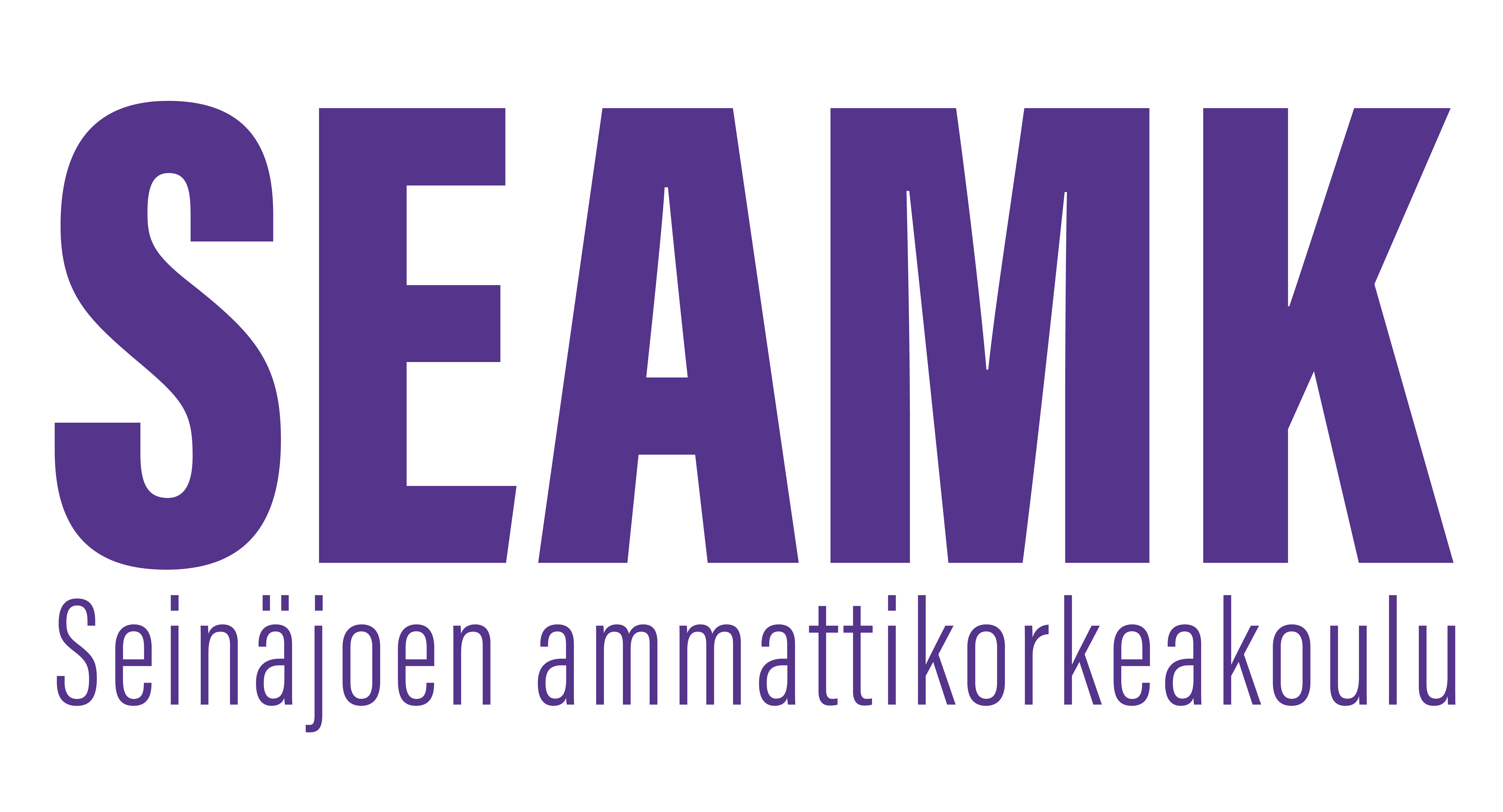Ennakointimenetelmät (4op)
Toteutuksen tunnus: 2B00BP37-3004
Toteutuksen perustiedot
- Ilmoittautumisaika
- 22.04.2024 - 09.10.2024
- Ilmoittautuminen toteutukselle on päättynyt.
- Ajoitus
- 21.10.2024 - 18.12.2024
- Toteutus on päättynyt.
- Opintopistemäärä
- 4 op
- Lähiosuus
- 1 op
- Virtuaaliosuus
- 3 op
- Toteutustapa
- Monimuoto-opetus
- Yksikkö
- SeAMK Kulttuurituottaja
- Toimipiste
- SeAMK Seinäjoki, Frami
- Opetuskielet
- suomi
- Koulutus
- Kulttuurituottaja (AMK)
- Opettajat
- Jaana Liukkonen
- Ajoitusryhmät
- Avoin AMK (Ei koske tutkinto-opiskelijaa) (Koko: 10 . Avoin AMK : 10.)
- Pienryhmät
- Avoin AMK (Ei koske tutkinto-opiskelijaa)
- Opintojakso
- 2B00BP37
Arviointiasteikko
1-5
Tavoitteet
Opiskelija osaa tunnistaa ja ennakoida toimintaympäristön muutoksia sekä erilaisia kehitystrendejä. Opiskelija osaa tulkita miten kuluttajien kulutustottumusten, markkinoiden, teknologian muutokset sekä innovaatiot vaikuttavat omaan toimialaan. Opiskelija ymmärtää omien ja yhteiskunnallisten valintojen merkitykset tulevaisuuden rakentamisessa. Opiskelija osaa tuottaa ryhmässä skenaarioraportin valinnaisesta aihealueesta.
Sisältö
- Ennakointimenetelmiä (tulevaisuustaulukko, tulevaisuuskuvat, skenaario, tulevaisuuspaja, Delfoi)
- Ennakointi strategisena välineenä
- Valinnat tulevaisuuden tekijänä
- Trendit, megatrendit
- Toimintaympäristön muutokset
- Ryhmätyö
Oppimateriaalit
Luentomateriaali
Opetusmenetelmät
Luennot, ryhmätyöskentely tulevaisuusaiheiden parissa. Opetus pääosin Teamsissa.
Opiskelijan ajankäyttö ja kuormitus
Kokonaistyöaika 104h josta ohjattua työskentelyä 30h ja itsenäistä työskentelyä 74h
Arviointikriteerit, tyydyttävä (1)
Opiskelija tunnistaa erilaisia tulevaisuuden skenaariomalleja ja megatrendejä. Opiskelija osaa ryhmässä laatia skenaarioraportin.
Arviointikriteerit, hyvä (3)
Opiskelija hankkii monipuolisesti relevanttia tietoa aihealueesta ja pystyy johtamaan siitä uskottavia tulevaisuuskuvia skenaarioraporttiin. Opiskelija näkee oman alan toimintaympäristöön vaikuttavat muuttujat ja osaa arvioida niiden vaikutukset alan kehittymisessä.
Arviointikriteerit, kiitettävä (5)
Opiskelija osaa käyttää soveltuvaa ennakointimenetelmää sekä pystyy nostamaan esiin merkittäviä ajureita ja muokkaamaan niiden avulla uskottavat vaihtoehtoiset tulevaisuuskuvat sekä hahmotella myös toiminnan tasolla kehityspolut skenaarioraporttiin. Opiskelija osaa soveltaa skenaarioita strategisena kehitysvälineenä käytännön valinnoissa. Opiskelija näkee oman alan toimintaympäristöön vaikuttavat muuttujat ja osaa arvioida niiden vaikutukset alan kehittymisessä.
